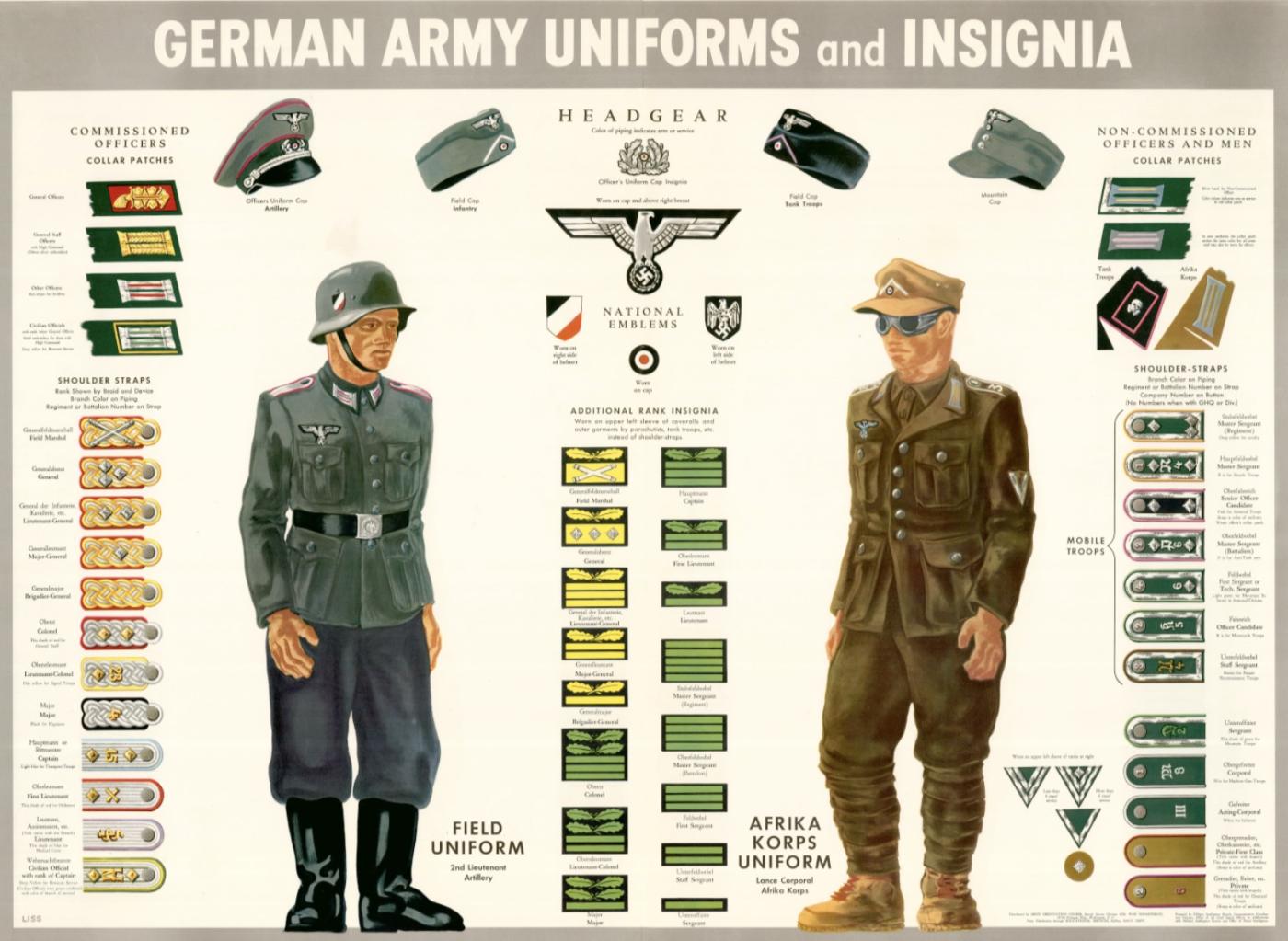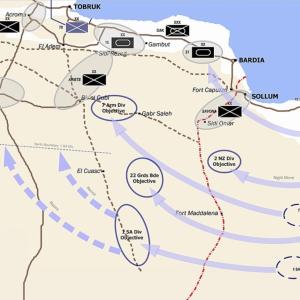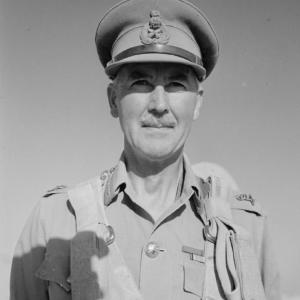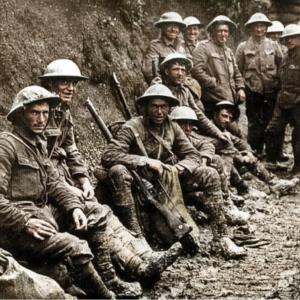
German Tropical Uniforms
German tropical uniforms of the Second World War were created to solve a problem European wool could not solve: heat, glare and abrasive sand. The result was a family of cotton-based garments and web gear, issued primarily to the Army in North Africa from 1941, and in parallel patterns to the Luftwaffe and Kriegsmarine for service around the Mediterranean. In cut, they mostly followed standard German field clothing, but in cloth, color and details they were tuned for the desert. The tunics were open-collar, made in medium–weight cotton twill, with lighter shirts, shorts and trousers, canvas webbing, ventilated caps, and for a short period, tropical sun helmets. The first waves of these items appear in North Africa early 1941 when the Deutsches Afrikakorps begins operations.
Unlike the woolen feldgrau, the Army’s tropical cloth began life not tan, but a medium olive or “reed-green” color. This cloth almost immediately faded in service to a paler khaki-sand. Cotton twill and cotton drill respond quickly in brutal UV, salt sweat and repeated washing in brackish water, so garments that were issued looking almost green could look like British khaki within a month of being worn in Libya or Tunisia. The Luftwaffe version of the tropical uniform, however, tended to start out closer to a tan or khaki shade straight from the factory. In both cases, the colors rapidly bleached and became perfect for blending into the North African dust and stone.
Design was not the work of one fashion designer. These were official patterns created by the Army clothing authorities and clothing depots. Officers, naturally, could and did buy private-purchase versions made by civilian tailors to regulation cut, usually with better finishing and finer insignia. Manufacturing was done by clothing firms under contract, the same way normal field blouses were made. Period uniforms that survive today often carry the stamp of a manufacturer, a clothing office mark, and size and acceptance stamps. These stamps, along with construction details such as type of cotton, type of stitching, and type of button, are the key to verifying original pieces.
Materials centered on breathable cottons: cotton twill (drill) was king, but gabardine-like weaves appear in officers’ garments, and cotton herringbone twill (HBT) in summer reed-green for both tropical and later Italian theater use. Some shirts and caps could be linen or linen mix. Hardware was simple: painted metal buttons or pressed buttons, ventilation eyelets under the arms, cotton tape reinforcement on stress points. Field equipment also followed the same desert logic: tan canvas Y-straps, belts, magazine pouches and canteen straps, introduced partly for climate and partly due to leather shortages.
The tropical standard uniform of the Army visually resembles a normal M40 feldbluse, but it has an open collar, four patch pockets with scalloped flaps, and is made of cotton drill instead of wool. Early on, troops even wore riding breeches and lace-up boots, but these soon gave way to straight trousers and to the famous tropical shorts – cotton shorts with a built-in belt. Headgear changed fast: the heavy pith helmets were dropped quickly in favor of the tropical field cap, which was light, practical and could be stuffed in a pocket. The Luftwaffe version looks distinctly Luftwaffe in cut, with a closed collar, slightly looser trousers, and characteristic Luftwaffe tan caps.
These garments blended extremely well with the desert environment. When fresh, the olive cloth might have seemed too green, but the sun fixed that quickly. In fact, the accidental fading was nature’s final camouflage. Even within a single platoon you would see a palette of slightly different tones, because garments aged at different speeds. This is visible in period photos: a cluster of men, each wearing some shade between olive and bone-tan, which together blends beautifully into the rough chalk and dust of North Africa.
Insignia were adapted to the palette. Army breast eagles were machine-woven on tan backing cloth, national cockades the same. Branch color was still present, but usually dull and sun-faded. Luftwaffe tropical eagles were also tan-backed. Officers’ tropical tunics often had silver or aluminum braid around collar and shoulder boards, as they would on wool, but otherwise looked similar in overall shape.
Officers absolutely wore tropical uniforms. They were allowed to draw issue items like enlisted men, or buy private tailored versions. Surviving officer examples show better cloth, neater stitching, and higher-grade insignia. But in daytime in the desert, the garment still did the same job: keep the sun off the skin, keep the heat bearable, shed sweat fast, and offer no shine or reflection.
By late 1942–43 these garments began appearing in Sicily, Southern Italy and the Aegean, because once sandy-brown clothing existed in the system, it was simply practical to use it in all hot environments. German supply also regularly supplemented these with captured British khaki drill, especially after Tobruk.
Today, German tropical uniforms are highly collectible. They were not produced in the same volume as wool field blouses, they had high wastage in harsh field use, and many originals were destroyed or simply wore to rags in the desert. Surviving examples can bring high prices. Luftwaffe tropical items appear fairly often, Army tropical tunics and caps are less common, Kriegsmarine tropicals rarer still. But the key to value is authenticity. Genuine stamps, correct cloth, proper fade, proper thread and insignia are what matter. Reproductions and postwar alterations are common, so collectors look very closely at details such as the type of cotton, type of grommets, exact cut of pockets, and period-correct thread and insignia.
German tropical uniforms were not a gimmick. They were a practical engineering solution for heat, glare and sand. Army olive drill that faded to sand, Luftwaffe khaki cloth, canvas webbing, ventilated caps and simplified metalwork were all designed for combat in a furnace. The sun tinted and abraded them into better camouflage than any dye house could have planned. And this natural fading, combined with rigorous identification stamping and limited surviving examples, is precisely why they remain such an endlessly study-worthy and collectible branch of German uniform history.










